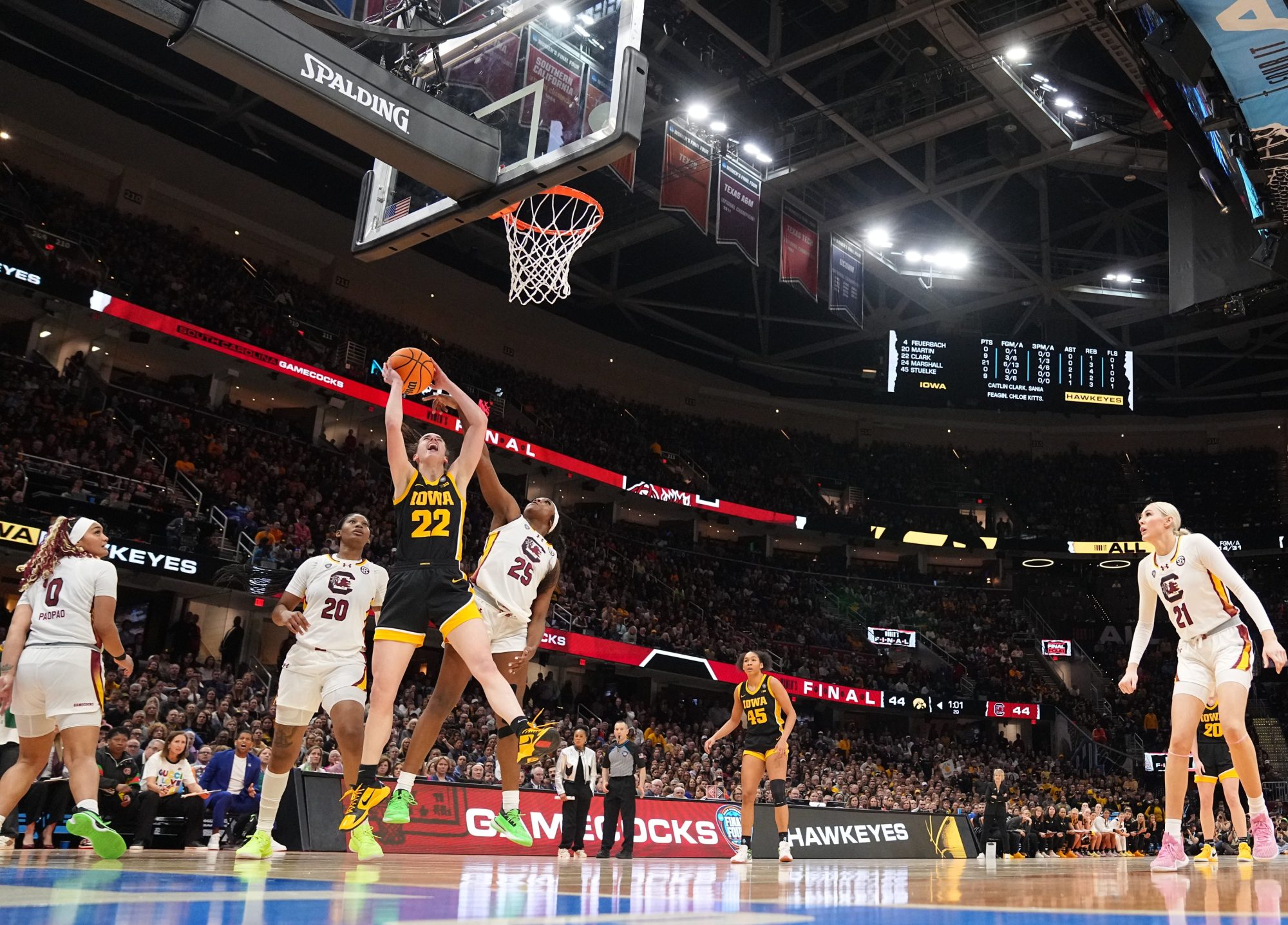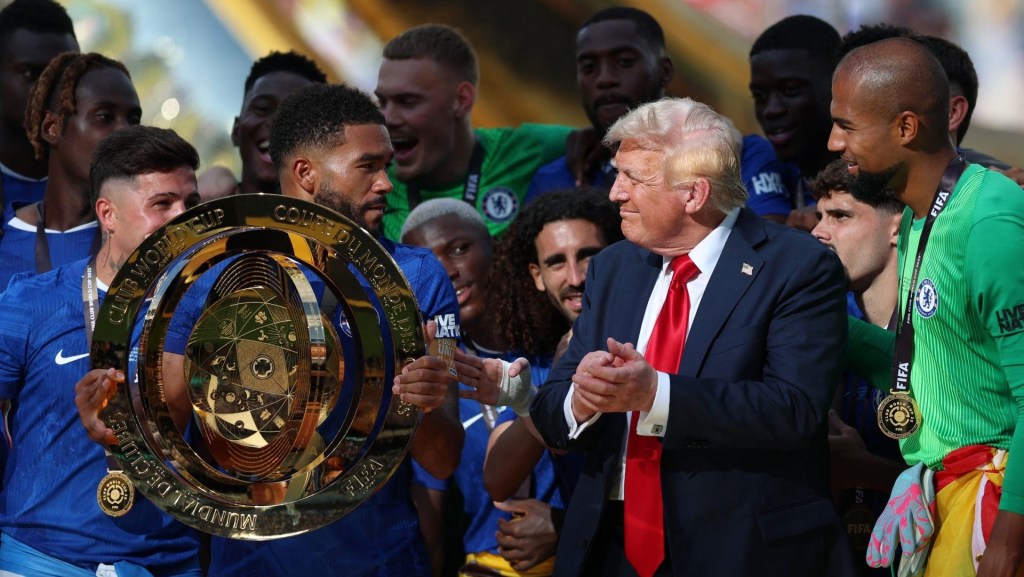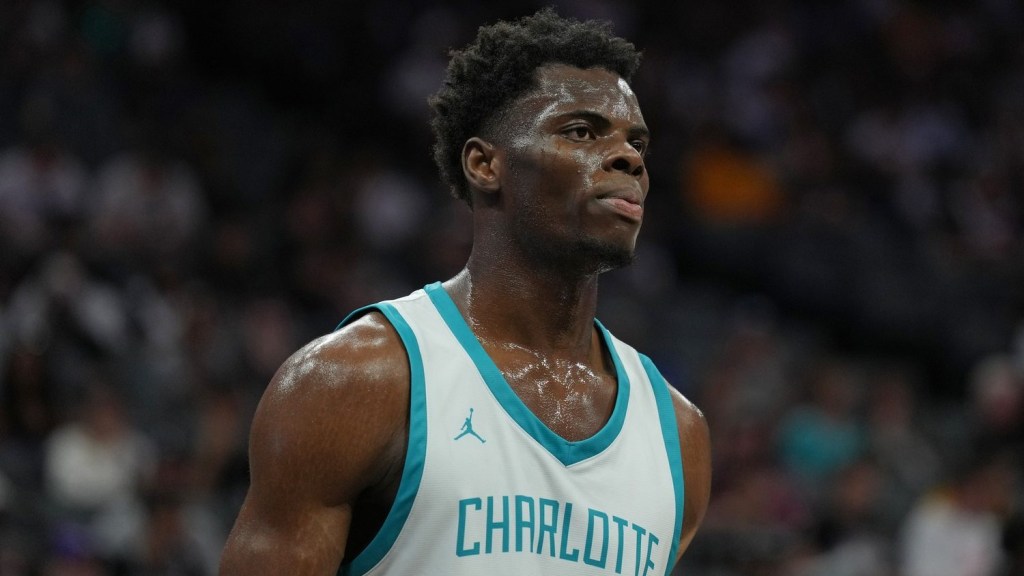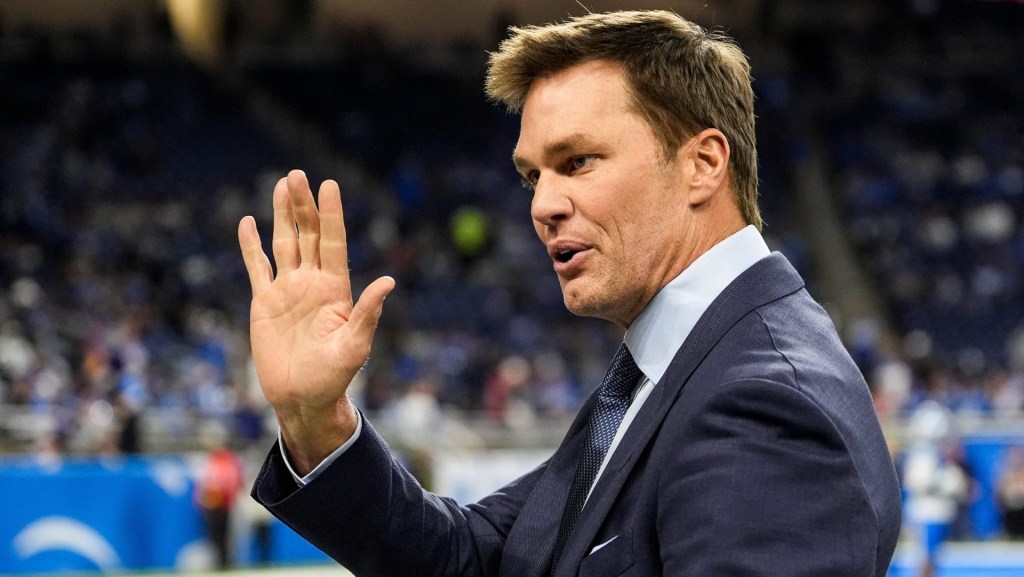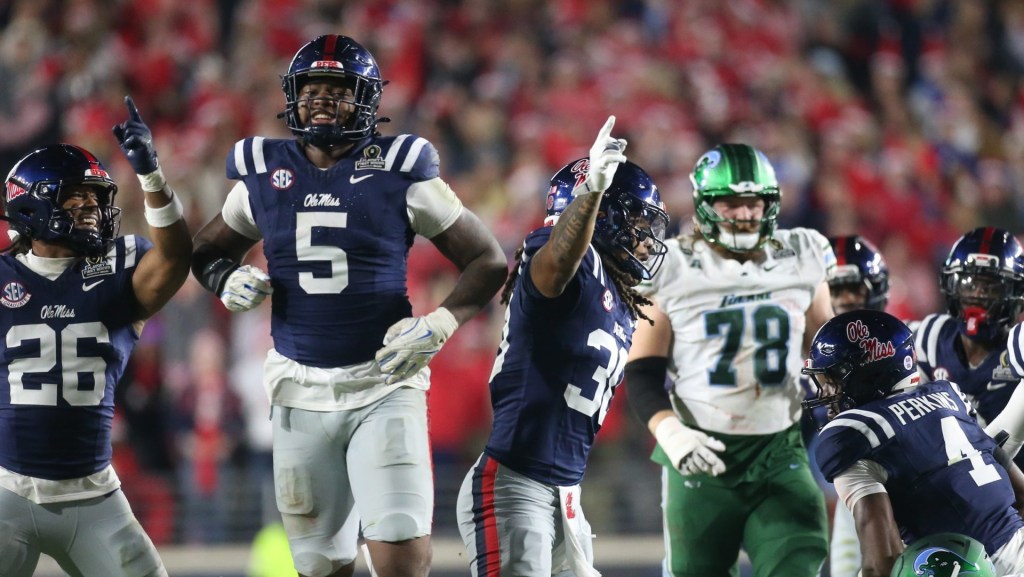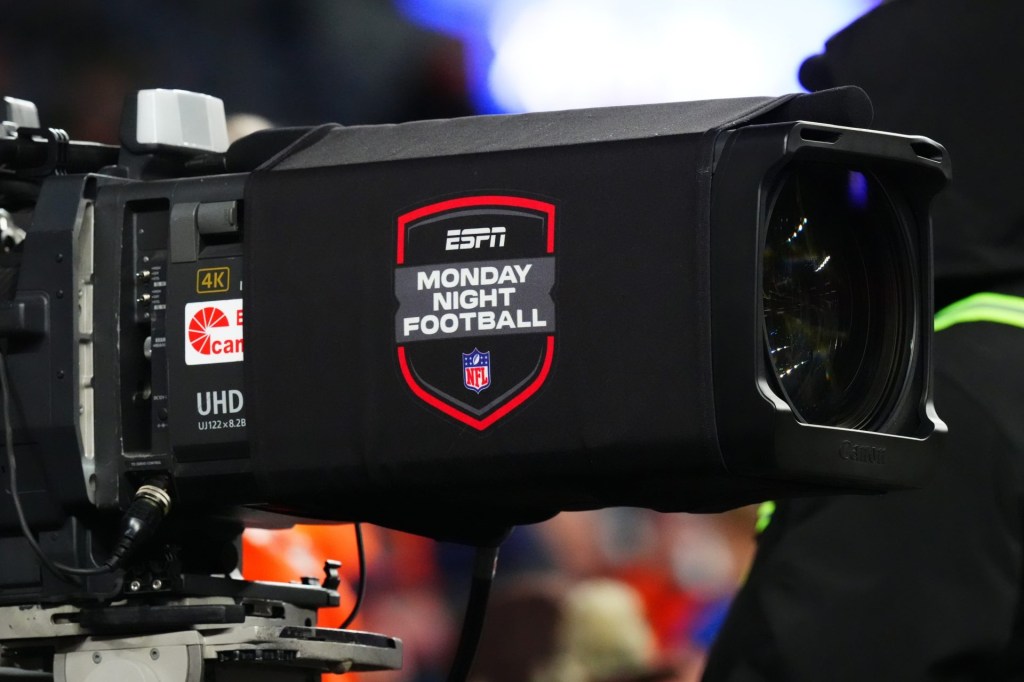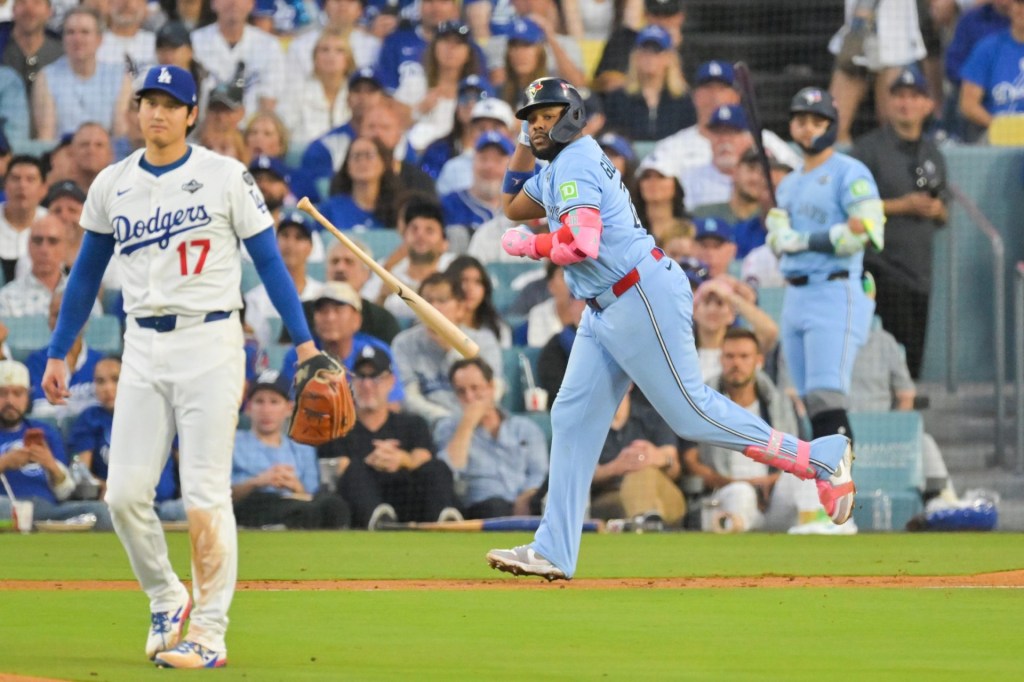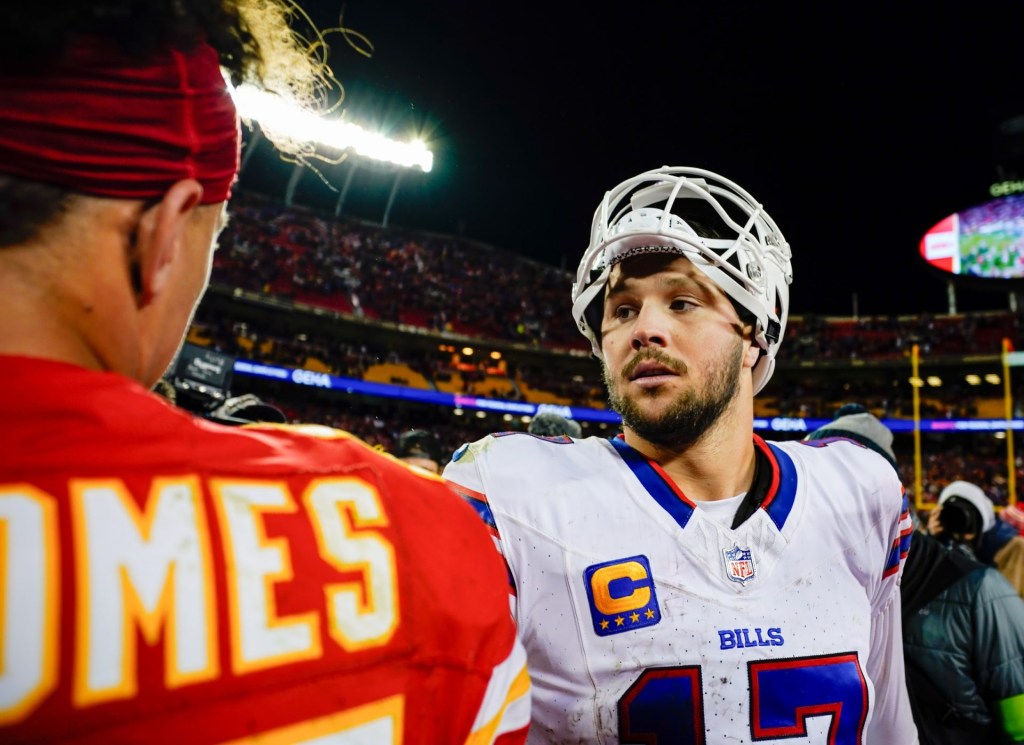Caitlin Clark will leave college basketball without a national championship, but she achieved something nearly as historic: Due to her star power, the NCAA’s women’s college basketball championship grabbed a bigger TV audience than the men’s championship for the first time.
ABC/ESPN’s 18.9 million average viewers for Iowa vs. South Carolina on Sunday afternoon outpaced the 14.8 million viewers for TNT/TBS/truTV’s coverage of the UConn vs. Purdue men’s championship Monday night, according to Nielsen. Clark and Iowa came up short of South Carolina as Dawn Staley captured her third national championship in eight years. But she helped grow the NCAA women’s Final Four viewership by 114% to a record average of 13.8 million viewers. That made it the most-watched women’s Final Four ever. The women didn’t beat the men because the men’s audience slipped. In fact, this year’s men’s audience of 14.8 million was slightly higher than the 14.7 million from last year. Instead, it was due to huge growth on the women’s side. Here’s why I think Clark’s Iowa and Dawn Staley’s South Carolina made sports TV history this week.
Clark Was Must-See TV
Every decade or so, a new sports star streaks across the landscape, someone who’s able to not only attract hard-core sports viewers but casual ones eager to witness what all the fuss is about. Think Michael Jordan, Tiger Woods, Danica Patrick, or Patrick Mahomes. They just play the game differently. They do things you’ve never seen before. Win or lose, they’re ratings magnets. That’s Clark.
Consider: ABC/ESPN’s 18.9 million average viewers for Iowa vs. South Carolina nearly doubled the record 9.9 million for last year’s Iowa vs. LSU championship game. In the space of one eye-opening week, Clark’s Iowa shattered its own TV records three times. Clark and Iowa’s revenge win over Reese and LSU in the Elite Eight on April 1 set a new all-time high for women’s college basketball, with 12.3 million average viewers. Only four days later, they pulled a record 14.2 million average for their Final Four win over Paige Bueckers and UConn. The record audience for Iowa’s championship loss to South Carolina on Sunday was the largest in women’s college basketball history, and the most-watched basketball game of any kind—women’s or men’s, college or pro—since 2019, according to Nielsen.
At every step of the way, Clark was the difference-maker. With 14.4 million average viewers, for example, Iowa’s Final Four victory over UConn doubled the audience that watched South Carolina’s Final Four win over NC State. This year’s championship viewership nearly quadrupled the average of 4.85 million who watched the UConn vs. South Carolina championship game only two years ago.
Time Slots Don’t Matter
Before Sunday’s women’s championship game, some critics questioned why the NCAA was scheduling Iowa vs. South Carolina for Sunday afternoon at 3 p.m. ET rather than in prime time. But time slots don’t matter as much to appointment TV stars like Clark. Fans were going to tune in no matter what time she played. Besides, I thought the women’s championship had the better slot, anyway. The game aired on broadcast TV, on a Sunday afternoon, when it could capture all the parents and young kids crazy about Clark. The NFL has proven that with the right draw, the 4 p.m. Sunday time slot produces the highest viewership in all sports.
The men’s championship, on the other hand, was shown on TNT/TBS/truTV at a time when the cable TV bundle is shrinking. It had a ridiculously late tip time of 9:20 p.m. ET, too. That eliminated many kids who couldn’t stay up to watch the game, as well as adults who had to get up for work the next morning. Clark proved she had coattails, too. Following ESPN’s telecast of Iowa’s Final Four victory over UConn on Friday night, Scott Van Pelt’s midnight SportsCenter posted its most-watched episode ever with an average of 6.3 million viewers. Elle Duncan’s pregame show before Sunday’s championship game drew a massive 2.9 million viewers, tweeted ESPN audience executive Flora Kelly. Only one women’s college basketball game pulled more than 2.9 million just three years ago. “The speed of growth for women’s college basketball is just mind-boggling,” she wrote.
An Iconic Figure
Clark isn’t just a player. She’s a symbol and an embodiment of women’s excellence, and of women surpassing men in areas they’ve traditionally considered theirs—something that, without her doing anything remotely divisive in any way, made something of a figure in the culture wars, and someone whose star transcended sports. It was easy to see people taking sides for and against Clark and what she represented over the past couple of weeks—mostly for—even as she elevated women’s basketball to new levels of recognition and popularity. In the end, both men’s and women’s college basketball had a March Madness to remember. As Fox Sports ratings guru Mike Mulvihill tweeted: “Don’t even need to see the men’s final number to confirm that this is easily the most-watched year ever for men’s and women’s March Madness combined. Caps a year of record-high viewing of college sports.”
Michael McCarthy’s “Tuned In” column is at your fingertips every week with the latest insights and ongoings around sports media. If he hears it, you will, too.
